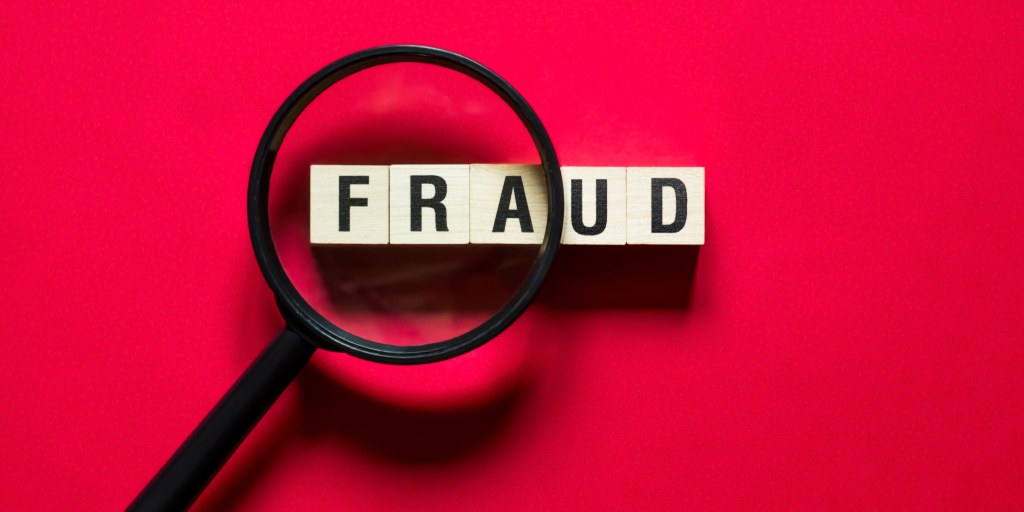Fraud Myths Debunked: How to Protect Your Personal Information
Minute Read

With fraud all around us, it’s sometimes tough to separate fact from fiction. Is public Wi-Fi secure? Does a padlock icon and https in a URL mean a website is safe? We are busting fraud myths, so you can spot red flags, make smart choices and stay protected.
Myth: The number displayed on your phone is always genuine.
Fact: Scammers can “spoof” (fake) caller information to mislead you, so don’t rely on what shows up on your screen or in text messages.
Myth: Avoiding online banking means you are safe from fraud.
Fact: Using digital tools can actually help keep your accounts secure. Criminals use tactics like mail theft, check fraud, skimming devices and scams, such as phishing and vishing to steal private information and access your funds. Digital banking requires a username and password that you set and keep private to protect your information.
Myth: Public Wi-Fi is secure for online banking or shopping.
Fact: Public Wi-Fi networks are often unprotected, making it easy for hackers to intercept your data. This puts your personal and financial information at serious risk. To stay safe, avoid logging into sensitive accounts on public Wi-Fi. Instead, use a VPN or switch to your phone’s cellular data for a more secure connection.
Myth: If a website has a padlock icon and https in the URL, it is completely safe.
Fact: A padlock only means the site is encrypted—it doesn’t guarantee the site is legitimate. Scammers can also create fake sites with https to trick you.
Myth: Everyone on dating websites is trustworthy because they have been vetted.
Fact: Exercise caution when meeting people online, especially if they ask for money. Often, scammers use emotional manipulation to get you to trust them. No matter how convincing they seem, never share financial details or send money to someone you haven’t met in person.
Myth: It doesn't matter what you post on social media since only friends will see it.
Fact: Weak privacy settings or accepting friend requests from strangers can expose personal details fraudsters use to guess passwords or exploit vulnerabilities. Some even pose questions in public groups—like asking for a trusted financial institution—to lure you into revealing information they can use in phishing attempts.
Myth: If someone is collecting for charity—on the street or through the mail—it’s probably safe to donate.
Fact: While many collections are legitimate, verify that the organization is a registered charity before donating. You can do so through trusted sources like the IRS website or Charity Navigator.
Now that you know the myths, here’s how to stay proactive.
- Download our Cybersecurity Awareness Checklist for a step-by-step guide to spotting and stopping fraud.
- Check your account balances often to watch for charges and transfers you don’t recognize.
- In digital banking, activate account alerts and card controls to catch suspicious activity before it becomes a problem. Receive notifications for balances below or above a certain amount, electronic withdrawals or deposits and much more. You can even lock and unlock your cards.
If something doesn’t seem right—or you just want a little extra peace of mind—we’ve got your back. Contact us by phone, message or stop by a branch. Your security matters to us, and we are here to help.
